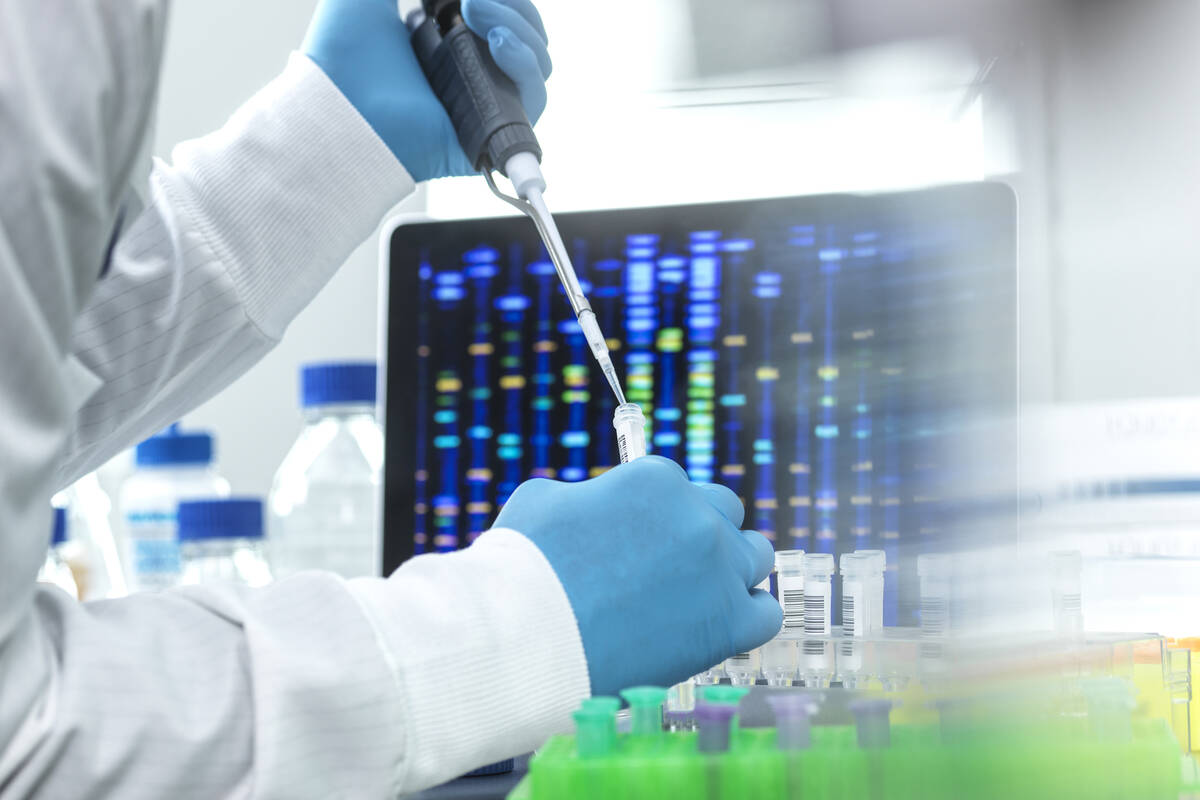FDA seeks regulation of laboratory medical tests

WASHINGTON — The Food and Drug Administration last month laid out a proposal to start regulating laboratory medical tests, a multibillion-dollar industry that the agency says poses a growing risk to patients because of potentially inaccurate results.
The proposed rule would end decades of regulatory ambiguity and formally bring thousands of tests performed in large laboratories under FDA oversight. FDA Commissioner Robert Califf said the change will help ensure tests used to diagnose cancer, heart disease and many other conditions are safe, accurate and reliable.
“A growing number of clinical diagnostic tests are being offered as laboratory-developed tests without assurance that they work,” Califf said in a statement. He added that the agency has long worried that many tests offered by laboratories are not as accurate or reliable as those that undergo FDA review.
Here’s a look at the history and background of the testing issue:
What are laboratory-developed tests?
Most Americans are familiar with medical tests like those used to screen for COVID-19, strep throat and other health conditions. The tests are developed by a handful of large manufacturers that undergo FDA review before selling their test kits to hospitals, doctors offices or pharmacies.
The tests targeted by the FDA’s latest action are developed and used by high-tech laboratories, including those at academic medical centers and companies such as Quest Diagnostics. They include tests for complex diseases such as cancer and simpler conditions such as high cholesterol and sexually transmitted infections.
In the 1970s and ’80s, most lab-based tests were “lower risk, small-volume” products used mostly for local patients, the FDA noted in its Sept. 29 announcement.
Over time, laboratory-developed tests have grown into a multibillion-dollar nationwide business, with labs processing thousands of blood, urine and other samples per week from hospitals and clinics. Others advertise directly to consumers — including some claiming to measure the risk of developing ailments such as Alzheimer’s and autism.
Laboratory-developed tests have long skirted FDA oversight, though the agency has always maintained that it has the authority to step in. Debate over regulating the space stretches back to the 1990s, with several government advisory groups recommending greater FDA oversight.
Why does the FDA want to regulate them now?
Many lab-developed tests are staples of medical care, used to make important decisions about pregnancy, nutrition and many other health issues.
FDA officials have long voiced concerns about the accuracy of some tests, pointing to patients who have received inaccurate results for heart disease, Lyme disease, cancer and other conditions. Inaccurate tests can lead to patients getting an incorrect diagnosis, skipping treatments or receiving unnecessary medication or surgery.
More than a decade ago, the agency drafted tougher guidelines for the industry, but they were never finalized.
The tests attracted new scrutiny with the downfall of Theranos CEO and founder Elizabeth Holmes, who was sentenced to prison last year for misleading investors about the potential of her company’s blood testing technology.
During the pandemic, the FDA also flagged accuracy problems with dozens of COVID-19 tests that were rushed out by U.S. laboratories without federal oversight.
Recent scrutiny has focused on pregnancy tests that purport to screen for mutations that can lead to Down syndrome, cystic fibrosis and genetic defects. Several studies and reports have identified tests that misstate or exaggerate the risks of those problems.
What do test makers say?
The laboratory industry has argued that FDA regulation would stifle its ability to quickly innovate and develop new tests. Industry leaders also say that additional federal regulation is unnecessary because it would duplicate existing requirements.
Under a quirk of federal law, testing laboratories are overseen by the same agency that runs Medicare and Medicaid, the government health plans for seniors, the disabled and the poor. Inspectors evaluate the general conditions and procedures at labs but not specific tests or the claims used to market them.
Lawmakers in Congress drafted a bill last year — backed by FDA officials — that would have given the FDA explicit authority to regulate high-risk tests. But the measure failed to pass the House or the Senate amid opposition by testing industry lobbyists.
What is the FDA proposing?
Under the new proposal, the FDA would phase in tighter regulation of lab tests over five years. The agency is considering exempting some existing tests already on the market from review but is seeking public input on its approach. At the end of the process, most new tests would be subject to FDA standards and regulatory review before launching.
The new regulations should reduce health care costs because of fewer “unsafe or ineffective tests, including tests promoted with false or misleading claims,” the agency says.
The agency will take comments on its proposal for 60 days before starting to draft a final rule. There is no deadline for completion, and the process can typically take months or years.